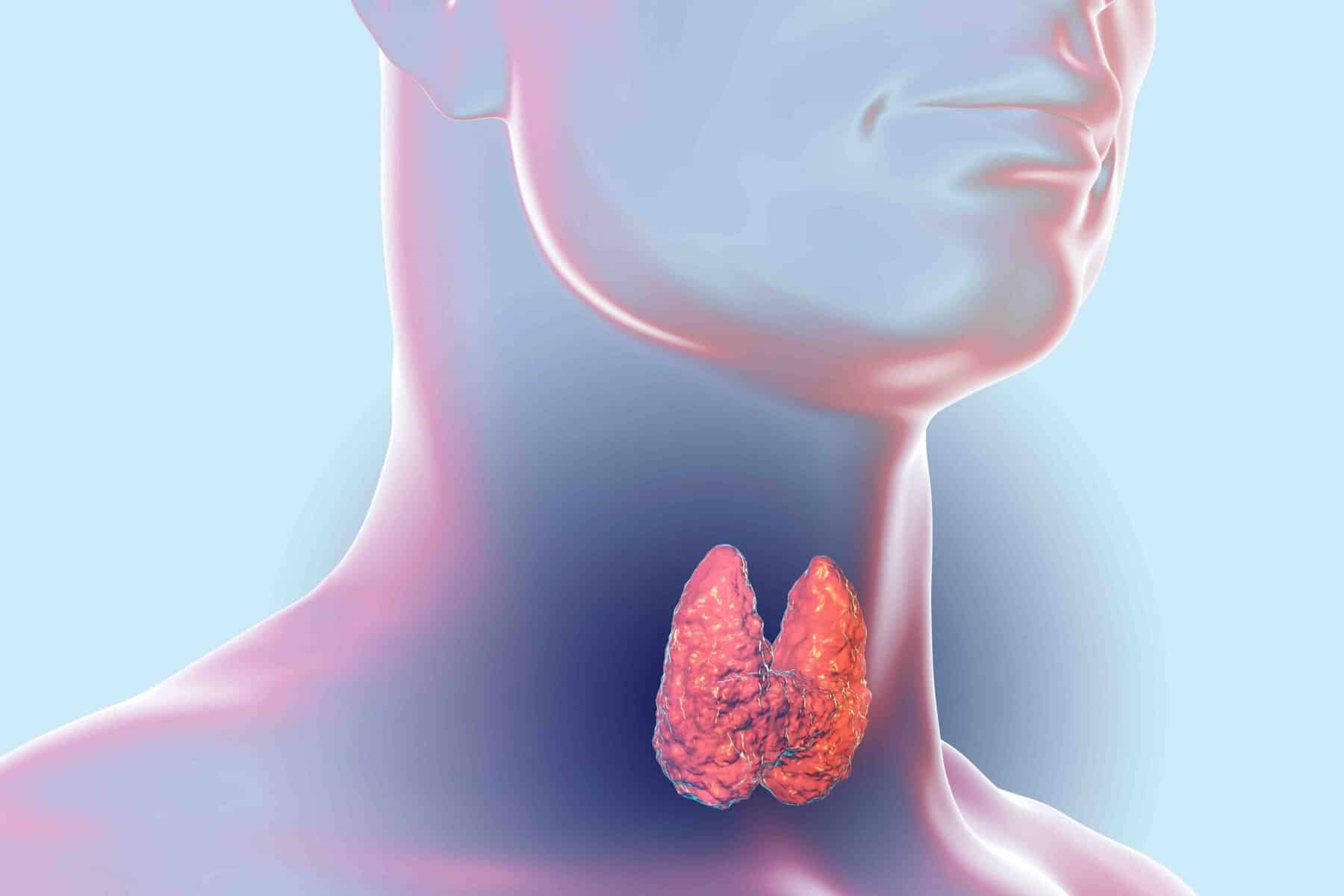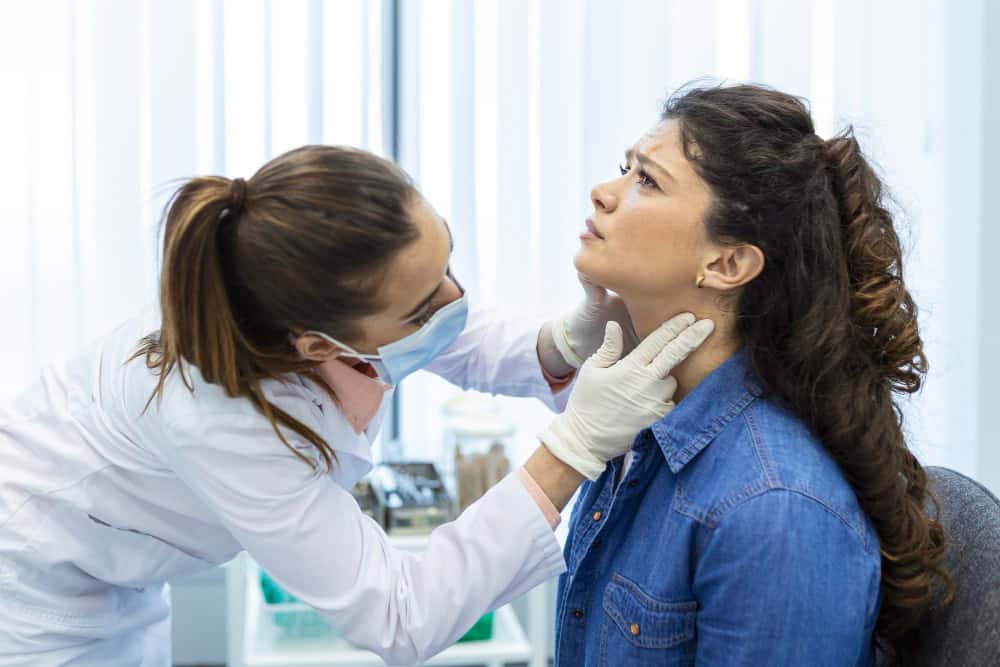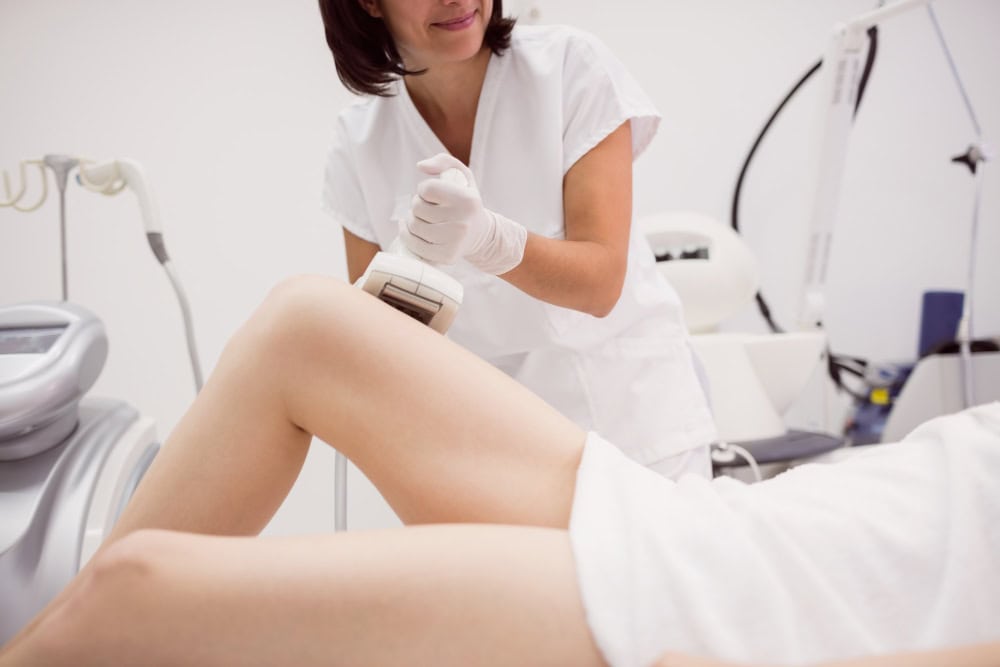
How to Choose a Podiatrist: Essential Tips for Foot Care
When foot pain or discomfort strikes, finding the right specialist is crucial—but how do you choose a podiatrist who meets your needs? With so many options, it’s easy to feel

When foot pain or discomfort strikes, finding the right specialist is crucial—but how do you choose a podiatrist who meets your needs? With so many options, it’s easy to feel

When foot pain strikes, knowing where to turn can be confusing. Should you see a podiatrist or orthopedist? Both specialists treat foot and ankle conditions, but their expertise differs in

Can the food you eat really impact how you handle stress? While its management often focuses on mindfulness and relaxation techniques, nutrition plays a crucial but often overlooked role. Certain

Struggling to keep weight on with hyperthyroidism? This condition speeds up metabolism, making it challenging to maintain or gain weight, no matter how much you eat. But is it really

Laser hair removal promises long-term smoothness, but how much does it really hurt? Some describe it as a mild snap, while others compare it to a rubber band sting—but is

Laser hair removal promises smooth, hair-free skin, but what about the side effects? Many people worry about redness lingering long after their sessions. Is it a temporary reaction, or could

The thyroid, a small but powerful gland, plays a major role in regulating metabolism, energy, and overall well-being. But what happens when it malfunctions? Many people experience unexplained weight changes,

You’ve tried electrolysis, but is your hair removal journey really over? Some stubborn hairs may persist, leaving you wondering if laser hair removal could be the next step. But is

When it comes to heart care, choosing the right specialist can be challenging. Should you see a cardiologist or a cardiac surgeon? Both play essential roles in treating heart conditions,